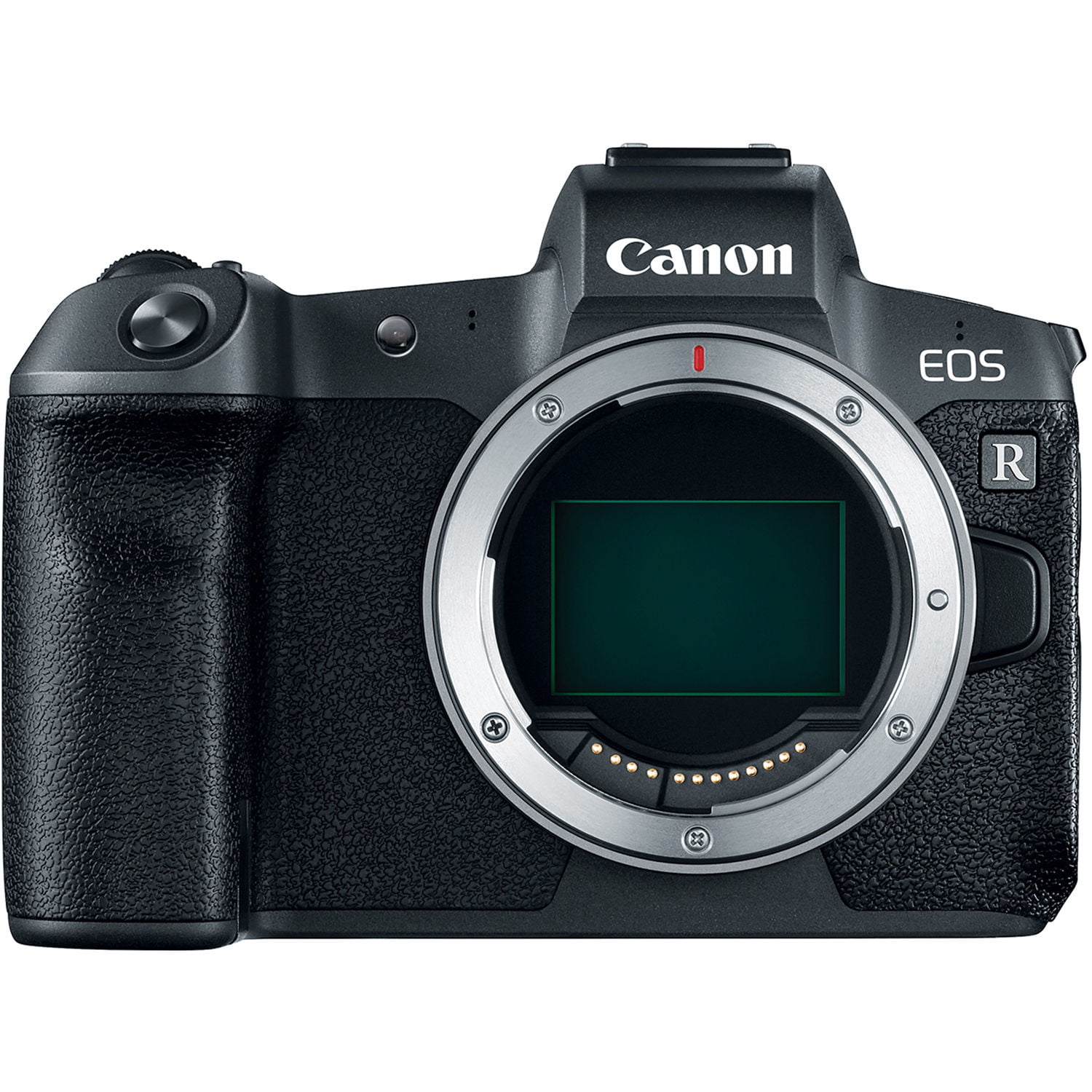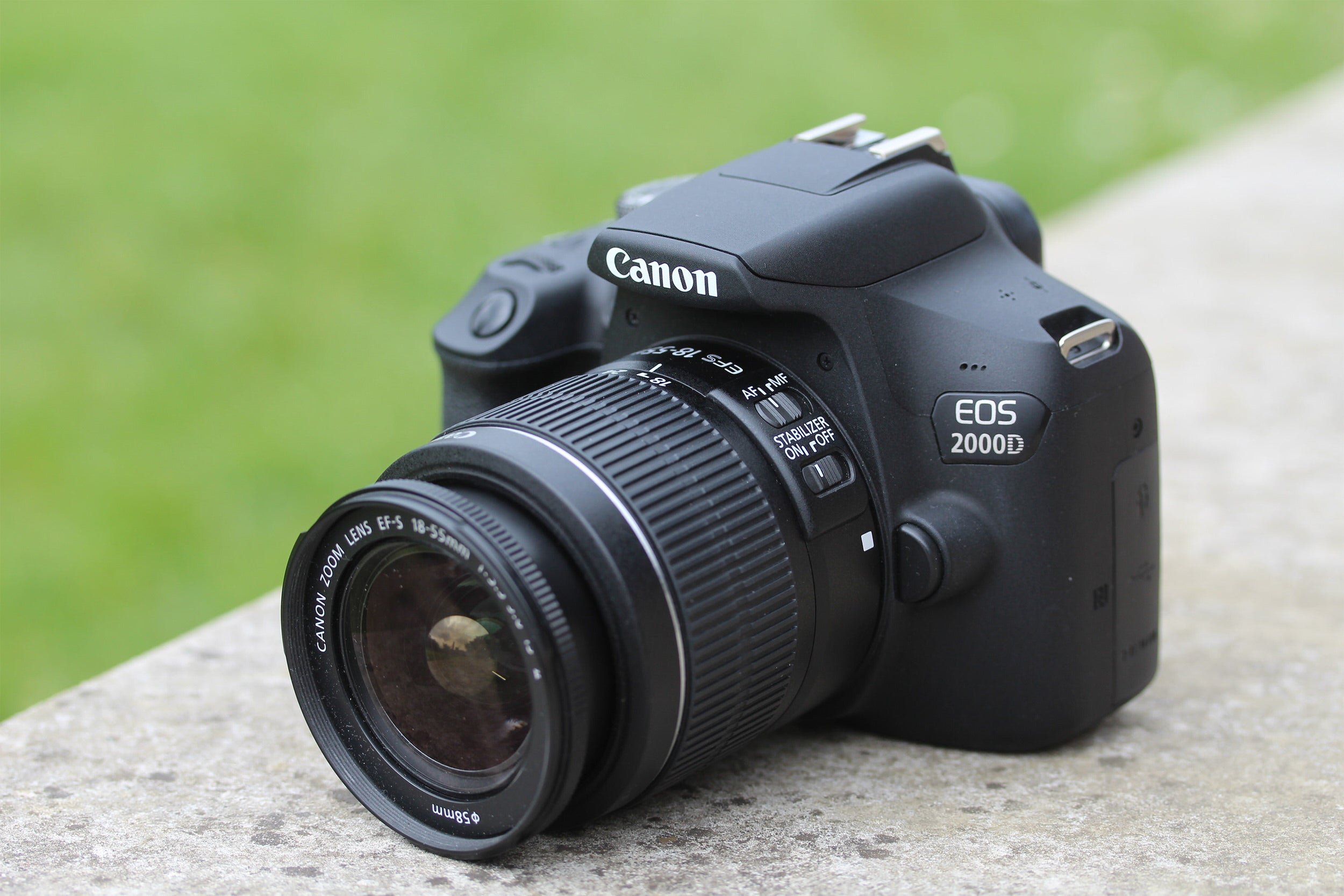

It has been designed to work collaboratively with the IS system that's built into many RF-mount lenses, with the lens and the sensor working together to correct pitch and yaw and the sensor correcting the X-Y and roll movements. The EOS R and RP both eschewed this much-requested feature,

#Canon eis iso
This can be further expanded up to ISO 204,800 and down to ISO 50.įor the first time ever in the EOS series (alongside the EOS R5), the Canon R6 finally incorporates 5-axis In-Body Image Stabilisation (IBIS). The ISO range runs from 100-102,400, which is actually one stop more than the flagship EOS R5. Our only real concern with the sensor inside the Canon R6 is whether or not it's of high enough resolution for its general enthusiast target market, especially if you like to heavily crop your images in post-production. There's also a porthole for the AF assist light and a lozenge shaped button for releasing the lens.Īt the heart of the EOS R6 is a 20 megapixel sensor that's very similar to the one found in the flagship EOS-1D X Mark III DSLR camera, but with a different, less sophisticated low-pass filter. The minimalist front plate sports just a single control - the classic Depth of Field preview button, which helps you determine what your photos will look like before the image is taken. The Canon R6 benefits from having a very deep handgrip that comfortably accommodates four fingers, something that can't be said of a lot of mirrorless cameras that suffer from having too small a grip. It measures 138.4 x 97.5 x 88.4 mm, making it slightly bigger than both the EOS R and especially the tiny RP, no doubt in order to accommodate the new IBIS unit.

Therefore it benefits from being both lightweight - 598g body-only or 680g with both a battery and memory card fitted - and fully weather-sealed.
#Canon eis full
So read on for our full Canon R6 review! Ease of Useĭespite the Canon R6 utilising a polycarbonate body rather than the EOS R5's more robust magnesium-alloy body, impressively it still offers the same level of weather-proofing as the EOS 6D Mark II and the 5D Mark IV DSLR cameras. We've already got our hands on a full-production camera for testing, along with the versatile RF 24-105mm F4-7.1 IS STM lens. The EOS R6 will be available to buy on 27th August 2020. You can also choose to pay £2849.99 with the RF 24-105 STM kit lens in the UK, or $2899.99 with the RF 24-105 STM kit lens and $3599.99 with the RF 24-105mm f/4L IS USM lens in the US. Launched alongside the flagship EOS R5, the new Canon R6 has been somewhat overshadowed by its 8K-recording big brother, but out of the two cameras is probably the one that will find itself in the hands of more photographers.Ī price-tag of £2499.99 body-only in the UK and $2499 in the US makes the Canon EOS R6 a much more affordable proposition, positioning it below the EOS R5 and above the EOS R and the entry-level EOS RP in the four camera Canon full-frame mirrorless range.


 0 kommentar(er)
0 kommentar(er)
